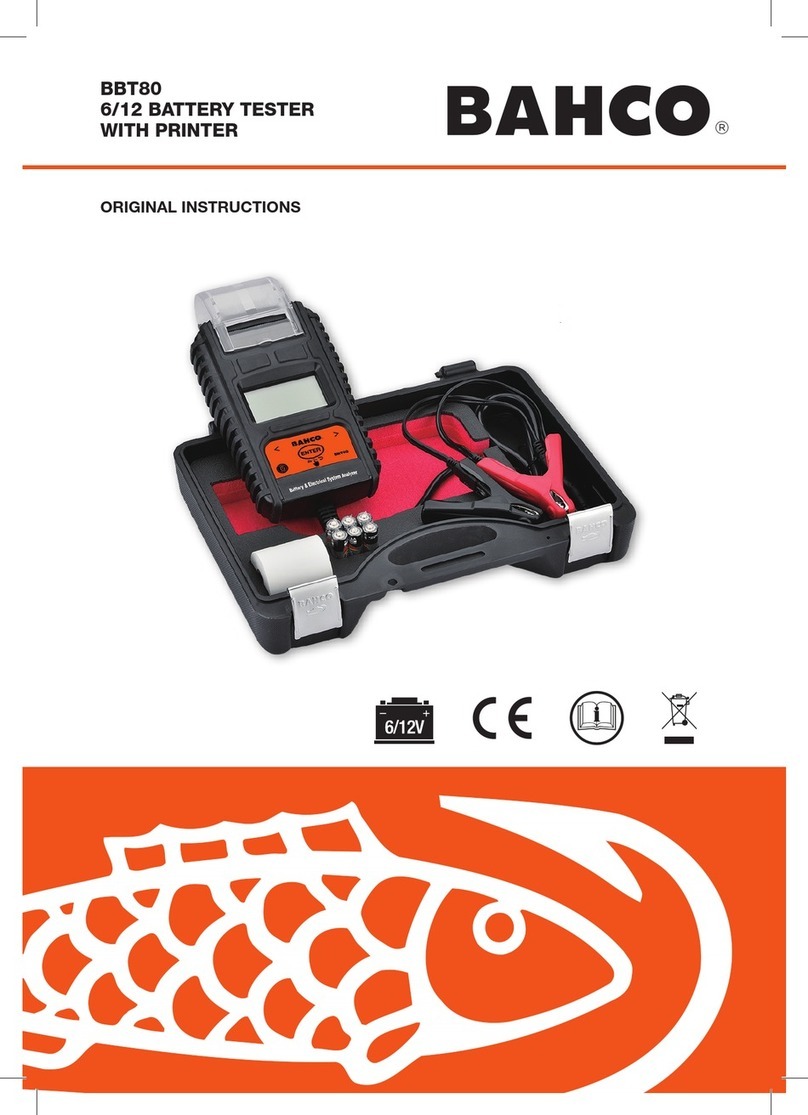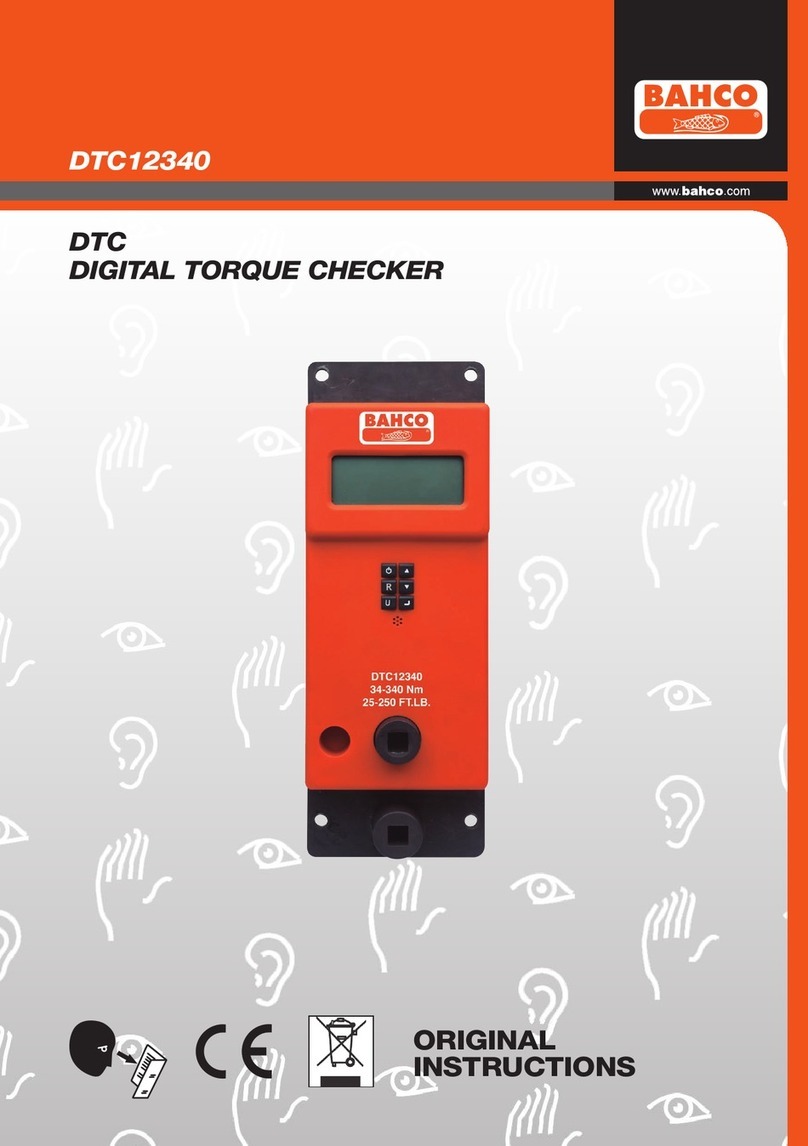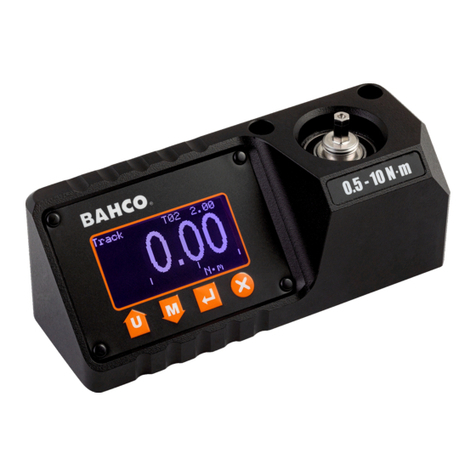
BBT60A
DANGER
• Read, study, understand and follow all instructions
• Consult the vehicle manufacturer’s manual for
PELIGRO
• Lea, estudie, comprenda y siga todas las instruccio-
• Consulte las instrucciones incluidas en el manual
DANGER
• Avant utilisation, vous devez impérativement assimi-
• Reportez-vous au manuel du fabricant du véhicule
GEFAHR
• Lesen Sie vor Gebrauch alle Anweisungen gründ-
lich, sodass Sie sie verstehen, und befolgen Sie die
• Lesen Sie auch die Anweisungen im Handbuch des
VAARA
• Lue ennen käyttöä kaikki ohjeet, sisäistä ne ja
FARA
• Läs, förstå och följ alla instruktioner före använd-
FARE
• Læs, sæt dig ind i, sørg for at have forstået og over-
• Instruktioner indhentes i vejledningen fra køretøjs-
FARE
• Alle instruksjoner må være lest, lært, forstått og
• Se instruksjonene i brukerhåndboken fra bilprodu-
PERICOLO
• Leggere, analizzare, comprendere e seguire tutte le
• Per le istruzioni, fare riferimento al manuale del
produttore del veicolo
PERIGO
• Leia, estude, compreenda e siga todas as ins-
• Consulte o manual do fabricante do veículo para
GEVAAR
• Lees, bestudeer, begrijp en volg alle instructies vóór
• Raadpleeg de handleiding van de autofabrikant
voor instructies
ОПАСНО!
NIEBEZPIECZEŃSTWO
TEHLİKE
ΚΙΝΔΥΝΟΣ
NEBEZPEČÍ
NEBEZPEČENSTVO
VESZÉLY
-



































